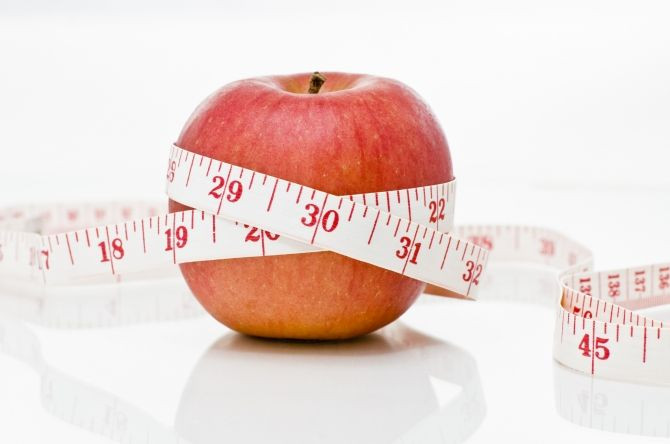ABSI: A New, Better Way to Measure Obesity?

In the fight to determine overweight and obesity, there is one predominant measure to indicate body composition. Body mass index, or BMI, measures body size, and it is very easy to get an estimate – just give your height, your weight, and a number pops out that is hopefully between 18.5 and 24.9. But BMI has been controversial – for example, even though many body builders’ frames have only 10 percent fat, putting their height and weight into a BMI calculator would often turn up a number that would identify them as overweight.
So, in recent years, waist circumference, which measures the amount of belly fat on a person, has gained prominence – but that too has its problems. For example, a proportional waist of a woman who is 5'11" would seem large on a woman who is 5'2."
One group of scientists, Nir Y. Krakauer and Jesse C. Krakauer, have endeavored to take the best components of BMI and waist circumference and make a new method of measuring obesity – what they call A Body Shape Index, or ABSI. Their system takes into account height, weight, and waist circumference, to develop a metric that measures body roundness (an apple shape) instead of bigness. When used on 14,100 people, they found that ABSI was more successful in predicting premature death than BMI.
Their findings found the ABSI was a good predictor of obesity and premature death, but follow-up studies would need to be done to determine whether the tool could be used clinically.
The tool has already been welcomed by nutritionists, who found that, for BMI, body composition was its failing.
However, BMI will not be abandoned right away, if ever. Nutritionists and physicians alike still find the tool immensely helpful. After all, a simple calculator can turn up a number right away.
Researchers admit that it is a bit soon to determine whether reducing ABSI would be a good way to lower risk for premature death. Either way, though, experts remain in agreement that loss of weight – and consequently whittling away of the waist – will help people in their fight against premature death.
The results of the study were published in PLoS ONE.



























